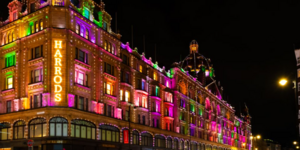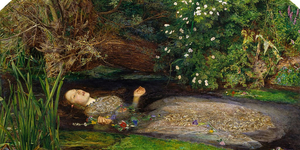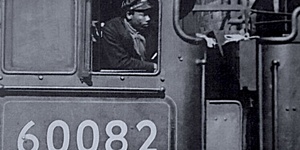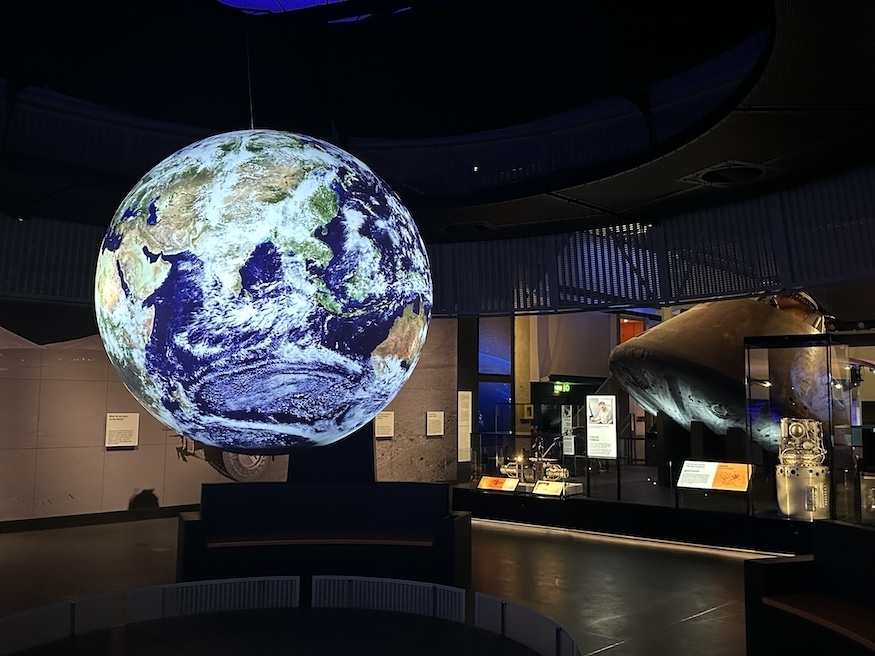
The Science Museum reopens its star attraction.
Any kid who ever went to London's Science Museum — going generations back — remembers two things: the shop, and the space gallery.
The latter closed recently as part of the museum's grand plans to reshape the ground floor. Now, it's reopened at a slightly more distant orbit — right at the back of the building in the West Hall (formerly the Wellcome Wing).
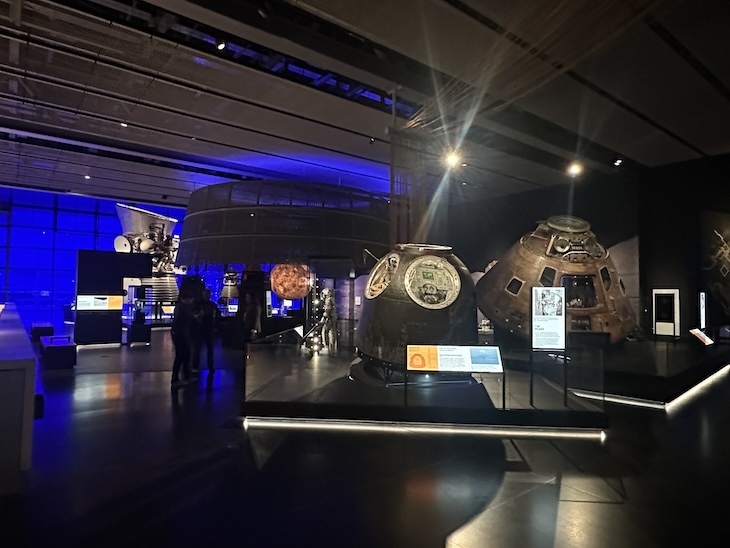
The first thing you notice is the purple. This wing, opened a quarter-century ago, has always been bathed in a dim violet, for reasons only the architects can answer. I've never liked it, frankly, but the other-worldly lambency finally seems to make a bit of sense now that it illuminates rockets and space capsules and stuff.
And what exhibits these are. The star of the show, unquestionably, is the Apollo 10 capsule. This is an historic artefact on par with the Rosetta Stone or Magna Carta; an object that will be hallowed 1,000 years from now. That we have it, here in London, is remarkable. It's finally at the centre of the Space Gallery, having sat awkwardly in the Making of the Modern World rooms for decades. Brilliantly, we can now see the underside, which stood up to the fires and plasmas of atmospheric reentry in 1969, and still bears the scars.
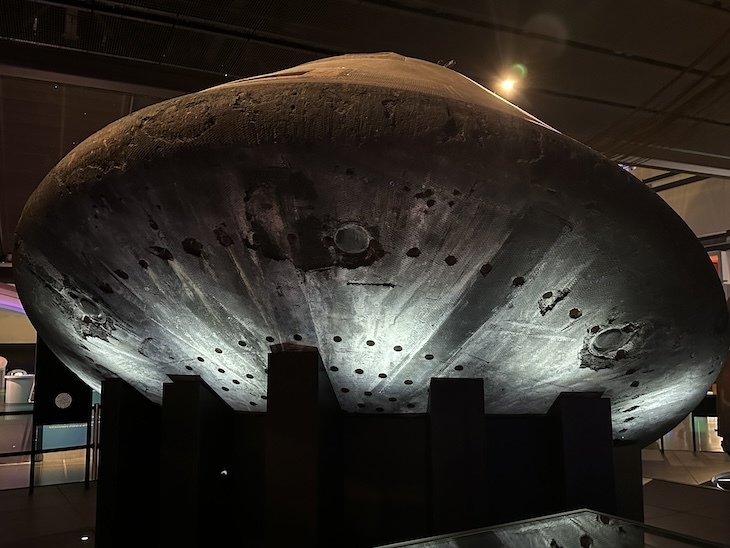
The Russian Soyuz capsule that carried British astronaut Tim Peake to the International Space Station and back in 2015 is displayed alongside. It's an obvious but effective way to show off these two very different spacecraft, which had previously been kept apart in separate rooms (neither of which was the Space Gallery). I think this is the only place in the world where you can see an American capsule alongside a Russian one. The Soyuz's extensive parachutes are also preserved. They climb up to the ceiling and splay out beside the IMAX escalators as flamboyant heralds.
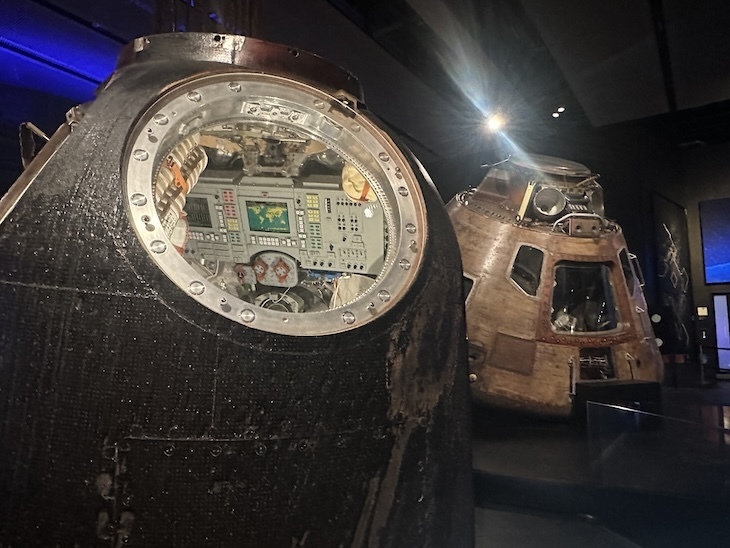
The gallery contains many old favourites. We can still gawp at the enormous J-2 engine, whose stablemates carried the Apollo astronauts to space on those mighty Saturn V rockets. A replica of the much humbler British 'Black Arrow' upper stage and Prospero satellite sit nearby. Neil Armstrong's headset, a two-storey model of the European Space Agency's BepiColumbo Mercury probe, and an actual chunk of your actual Moon are also welcome returns.
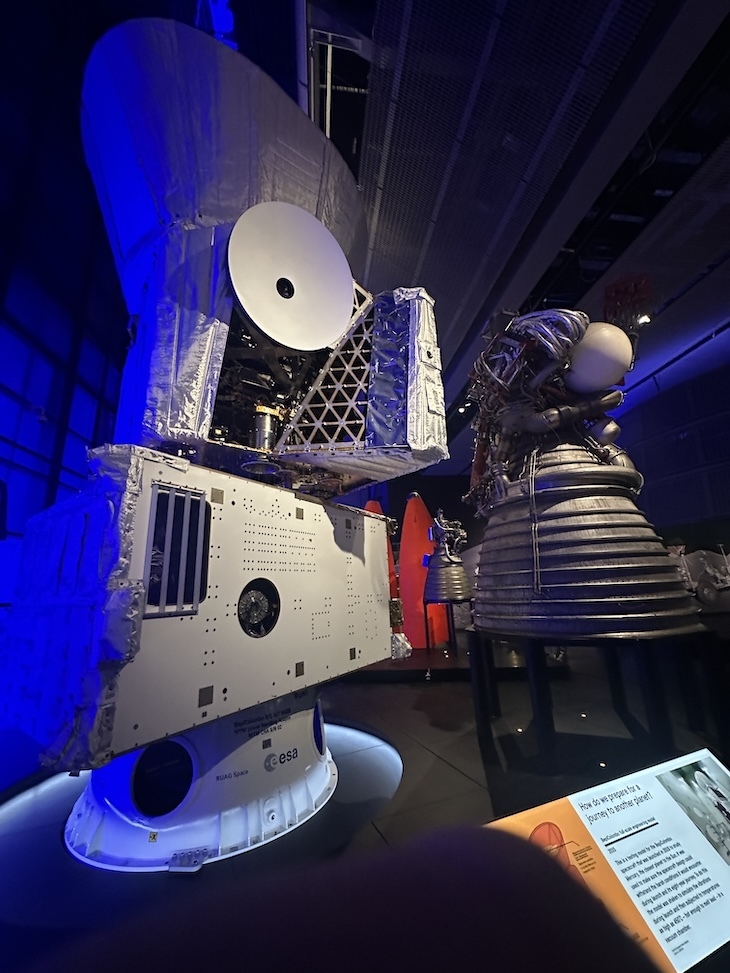
The gallery features a few new wonders, too. These include a model of a miniature nuclear reactor, developed by Rolls-Royce as a power source for future Moon bases. Don't worry, it's not radioactive. You'll also find an unusual lunar robot, a collapsable heat shield and, in the temporary displays cabinet, a new docking system for de-orbiting old satellites.
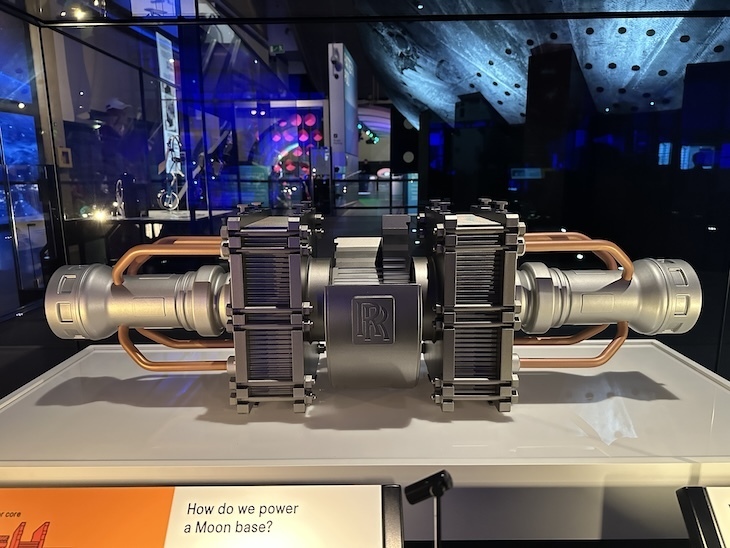
The gallery's only digital display is a giant globe, decorated with projection mapping of the various planets and moons, and narrated by first British astronaut Helen Sharman. All good stuff.
We have to note some absent friends. The model Lunar Module is a planet-sized omission. The former centrepiece dated from the 1970s, and is now rather delicate. The museum is looking at ways to bring it back into display, but nothing concrete yet.
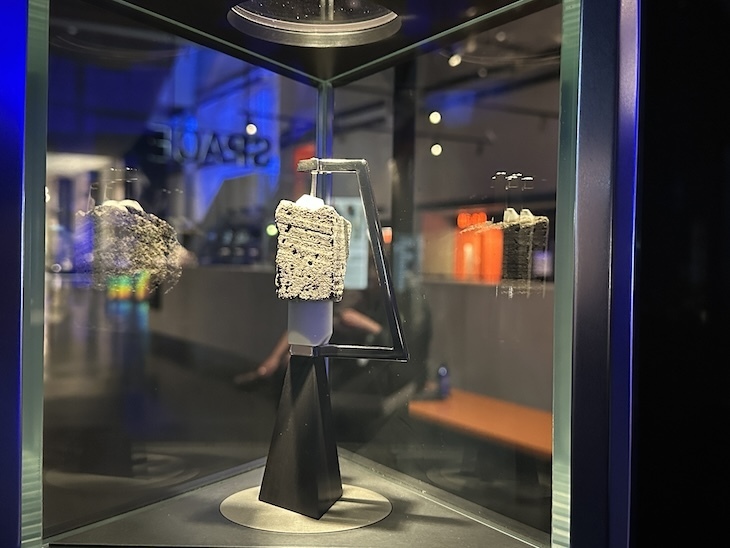
Meanwhile, many of the smaller but interesting displays, such as the early history of rocketry and the model of the ill-fated Beagle-2 probe are also sadly missed. The new ethos, it seems, is to display only the cream of the collection in a more generous, open space. That's probably a wise decision, given how popular these objects are, but I'm sorry to see these old favourites go.
The old gallery was never really fit for purpose. Ironically there was not enough space to properly enjoy the space-age wonders. The new set-up should solve that problem, while also uniting treasures that had previously sat apart. The result, if not exactly 'out-of-this-world', has put the displays into a stable orbit where we can better admire them.
The Science Museum's new space galleries are open now. Entry is free.
All images: Matt Brown

